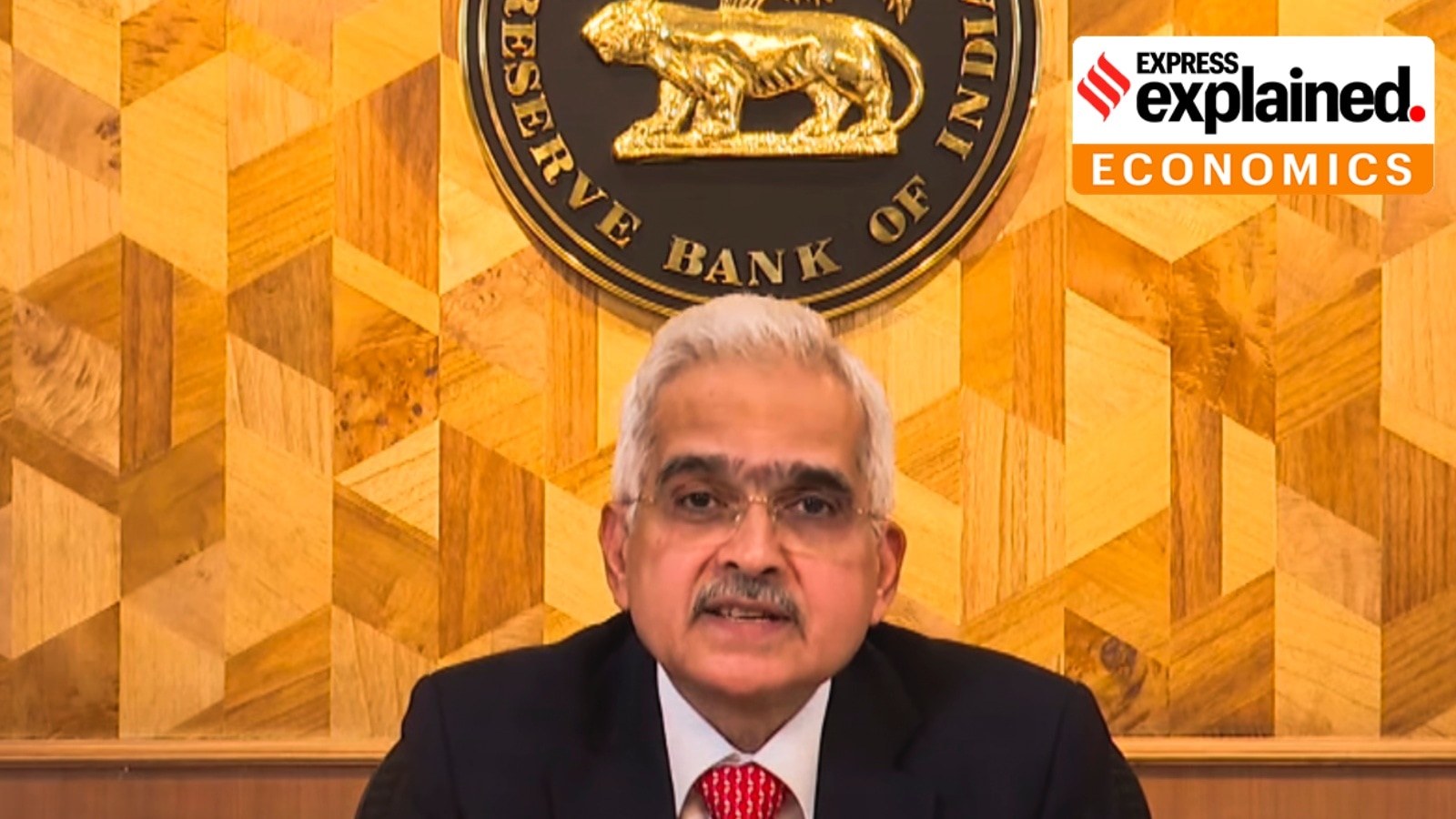 |
|
The Reserve Bank of India (RBI) recently announced its monetary policy decisions, sparking considerable discussion and analysis within the financial community. The most significant move was a 50 basis point reduction in the cash reserve ratio (CRR), bringing it down to 4%. This injection of ₹1.16 lakh crore into the banking system aims to alleviate liquidity constraints, particularly in light of recent actions taken to stabilize the rupee. These actions, primarily involving dollar sales, had inadvertently tightened liquidity, a situation exacerbated by upcoming tax payments and quarter-end credit demands. The decision to cut the CRR is expected to benefit banks, as they no longer need to hold as much cash in reserve with the RBI. This freed-up capital can then be used for lending, potentially stimulating economic growth and possibly leading to lower interest rates for borrowers. The potential for banks to pass these benefits onto borrowers, however, remains uncertain, with varying predictions on the extent of the impact on interest rates.
In contrast to the CRR cut, the RBI's Monetary Policy Committee (MPC) opted to maintain the repo rate – the benchmark lending rate – at 6.5%. This decision, reached by a 4-2 vote, reflects a divergence of opinion within the committee regarding the appropriate response to the slowing economy. Governor Shaktikanta Das attributed the decision primarily to concerns about persistent food inflation, which is expected to remain elevated in the coming months. He emphasized the MPC's commitment to securing durable price stability as a foundation for sustainable growth. This decision contrasts with calls from Union Ministers Nirmala Sitharaman and Piyush Goyal, who advocated for a repo rate cut to boost economic activity and support industries. The conflicting viewpoints highlight the complexities of navigating a slowing economy while managing inflationary pressures.
The RBI's decision to leave the repo rate unchanged has significant implications for borrowers. While existing external benchmark lending rate (EBLR)-linked loans will not see increased EMIs, the situation is less clear for loans tied to the marginal cost of fund-based lending rate (MCLR). The full transmission of the previous 250-bps repo rate hike hasn't been realized, potentially leading some lenders to increase MCLR-based loan rates. The CRR cut, meanwhile, is likely to result in a minor decrease in deposit rates due to increased liquidity. The overall impact on borrowers will depend on which type of loan they have and the individual lending practices of the bank or financial institution.
Further complicating the picture is the downward revision of the GDP growth forecast for FY2025. The MPC lowered its projection from 7.2% to 6.6%, reflecting the economic slowdown observed in the second quarter. This slowdown, while temporarily bottoming out, is still cause for concern, particularly given the recent release of data showing a seven-quarter low GDP growth rate of 5.4% in the July-September 2024 quarter. While the RBI cites festive demand and rural consumption as potential drivers of recovery, the lowered growth forecast underlines the challenges facing the Indian economy. The revised inflation forecast, increased to 4.8%, further underscores the complexity of the situation, highlighting the delicate balancing act the RBI faces between stimulating growth and managing inflation.
The MPC’s actions reveal a strategic approach aiming to address multiple economic challenges concurrently. While the CRR cut injects liquidity to support lending and stimulate economic growth, the unchanged repo rate reflects a cautious approach in the face of persistent inflationary pressures, primarily driven by food prices. The diverging forecasts for GDP growth and inflation highlight the inherent uncertainties and the need for a nuanced approach to monetary policy in the current economic climate. The situation presents a complex interplay of factors that will shape the Indian economy in the coming months and years. Future policy decisions will likely continue to be informed by evolving economic data, inflation trends, and the ongoing challenge of balancing growth with price stability.
